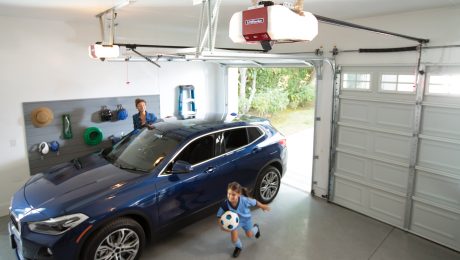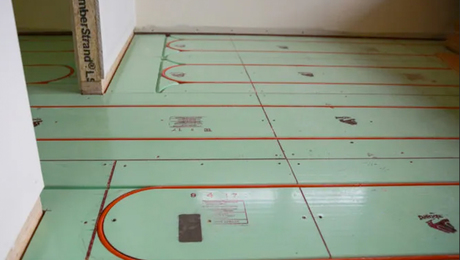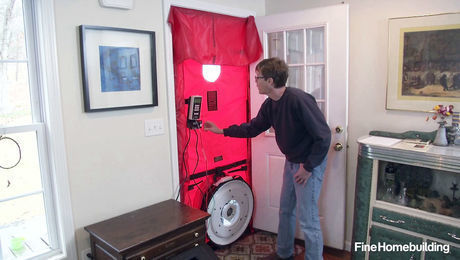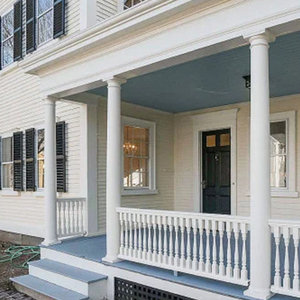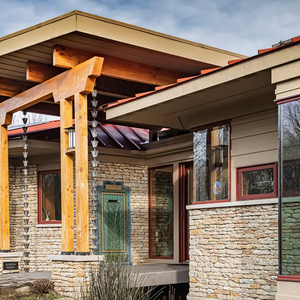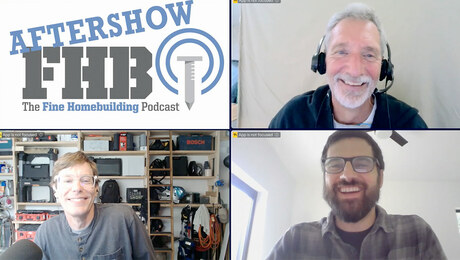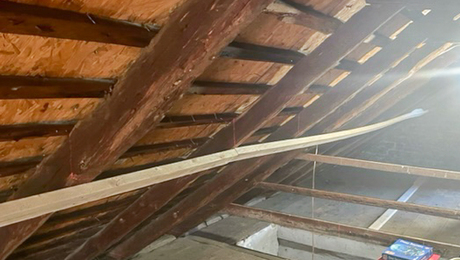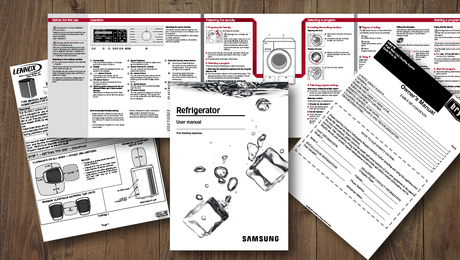Deciphering Local Building Codes
These construction rules are meant to protect homeowners from harm; just make sure you're using the right ones.
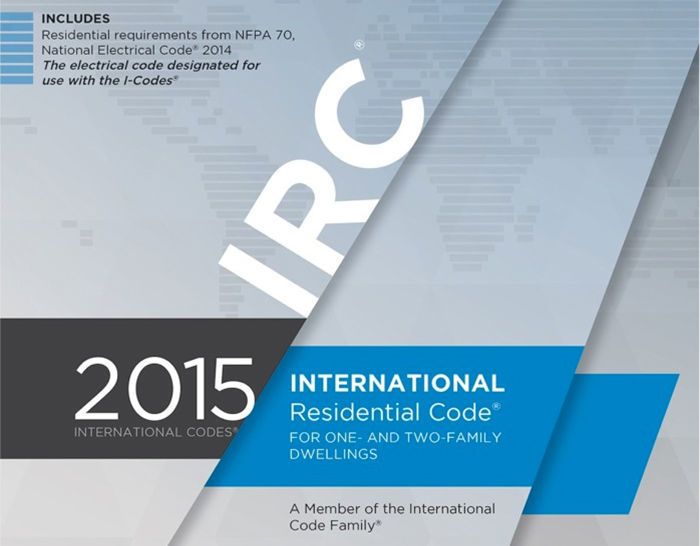
Building codes are the rules that architects, carpenters, electricians, plumbers, and other tradespeople are required to follow when constructing or remodeling a house. They’re all over the map, from nonexistent or unenforced in some rural locales to draconian in others.
Whatever they may be in a particular town, county, or state, builders ignore them at their peril. On a practical level, builders who don’t follow code may not get a certification of occupancy, meaning a house can’t legally be occupied until the violations are corrected. More important, building codes are in place to protect the health and safety of people living in the house.
What we sometimes forget is that a building code represents the minimum level of performance, not the pinnacle of excellence. So when someone says, “You bet, this house is built to code!” he is really saying, “It’s the very least we could do.”
Where do the codes come from?
It’s fair to ask who’s making up the rules that have so much to do with what and how we build. A local building code usually starts with a model building code, the most dominant of which in the U.S. for residential construction is the International Residential Code (IRC). The IRC is developed and published by the International Code Council (ICC) on a three-year cycle. The latest version appeared in 2018; the next one will be published in 2021.
The ICC was formed in 1994 as a way of unifying three influential regional codes into a single entity. The ICC publishes a variety of codes: fire, plumbing, mechanical, and the International Energy Conservation Code, which is of particular interest to builders of high-performance houses. The ICC’s website includes a series of maps showing which states have adopted various I-codes. Even more informative is a chart listing which version of a particular code has been adopted.
Once the new code has been published, it is up to individual jurisdictions to adopt it — either as it is written, or with modifications that make it more suitable for a particular area. New versions of the code don’t go into effect automatically.
It sometimes takes years for a state to catch up with a new version. Wyoming, for example, has adopted the 2018 version of the International Building Code, but it was the only state to have done so by last summer. Texas was still using the 2003 version of the IBC, while most other states were working with the 2012 or 2015 versions.
Some states and cities have adopted green building codes, which are specific to buildings that use resources and energy in a way that is sustainable and of low environmental impact.
Occasionally, there’s a kerfuffle over which version of the building code is the most appropriate. This was the case in Idaho last year when the city of Boise adopted a version of an energy code that was tougher than the state’s — over the objections of a building trade group.
Although the IRC is the most widely adopted residential code, not all states have adopted it, or different versions of the code may be in place. In short, pick up the phone and call your local building office and find out which rule book you’re expected to follow.
How the codes are developed
Since the ICC is the dominant code-writing group in the U.S., let’s look at how it goes about revising and updating one of its I-codes. The ICC says the lengthy revision process is “consensus-based,” meaning that no single individual or committee on its own has the authority to rewrite the rules.
Instead, the process involves a lot of meetings, hearings, and ultimately votes by just about everyone who has an interest in the outcome (what are commonly called “stakeholders”). The ICC says the process is designed to be transparent, with safeguards against undue influence by proprietary interests — those folks with a financial interest in the outcome.
If you’re interested in plugging a particular idea for an update in any one of the I-codes, there’s a way for you to join the conversation. For a deeper dive into the process, check the ICC’s published guide, which you can see here.
Codes aren’t always easy to follow
The interwoven, constantly changing nature of the ICC’s family of building codes certainly can pose problems for builders. With each new round come recalculations and revisions that builders will need time to study, absorb, and adopt.
Further, codes may offer several paths to compliance, as Green Building Advisor editor Martin Holladay explained in this post. The International Energy Conservation Code, for example, allows three compliance options — prescriptive, performance, and component trade-off — all of them calling on builders to handle certain details a little differently.
It’s enough to make some long-time builders wonder whether we would all be better off with better carpenters and fewer building codes that permitted the construction of barely adequate houses. “The untrained, inexperienced workers are all that this process seems to have afforded,” lamented a builder at a GBA forum.
Conscientious builders, however, are likely to see value in building codes, not only because they protect their customers from shoddy materials and practices but also because they encourage better building practices and greater energy efficiency as they evolve.
Just be happy that modern codes haven’t retained a provision of Hammurabi’s Code of Laws, dating from 1754 BC: “If a builder build a house for someone, and does not construct it properly, and the house which he built fall in and kill its owner, then that builder should be put to death.”
More about building codes:
Know the Code – Deep dives into important building-code considerations.
Code Shock – Prepare to face the strictest building codes in history.
Attach a Deck to Any Wall – Mike Guertin outlines code-compliant ledger and lateral-tie details for all types of deck builds.
Building Code for Housewrap Installations – Prescriptive code measures + manufacturers’ installation instructions.

